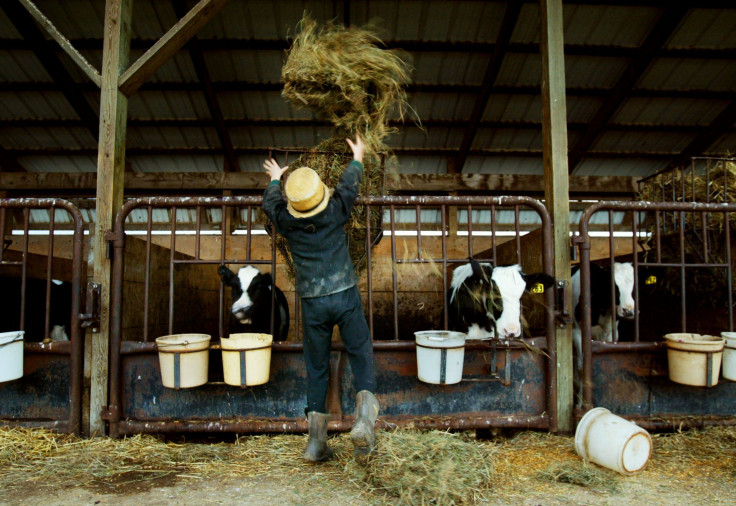Amish Kids Living On Traditional Farms Less Likely To Develop Asthma, Study Finds

When scientists did a comparative analysis of children belonging to two farming-based religious communities, they found that the community which shunned modern technology had lesser risk of developing asthma than the other.
Researchers studied the Amish community in Indiana and the Hutterites of South Dakota to figure out why asthma is uncommon among children belonging to the Amish community. Hutterites live on industrialized communal farms that use modern agricultural technology and their children have limited contact with farm animals. In contrast, the Amish community has family-run farms that avoid modern technology, with barns situated near their homes.
The paper, published Thursday in the New England Journal of Medicine, studied 60 children of school-going age, 30 from the Amish community in Middlebury, Indiana and 30 from the Hutterite colony near Mitchell in South Dakota.
Researchers found no cases of asthma in Amish children and six cases among Hutterite children. They ran blood tests which confirmed that children from the two communities had similar genetic profiles. However, Amish children had more neutrophils, a kind of white blood cells that are important in fighting infections. Researchers also found that Amish children had younger white blood cells indicating that constant exposure to germs stimulated their immune system to produce more cells. Both groups had the same number of monocytes, another kind of white blood cells.
“This was a phenomenal difference,” Anne Sperling, the study’s co-author and immunologist at the University of Chicago reportedly said. “We were blown away.”
The researchers also collected dust samples from Amish and Hutterite households. Both samples were then tested on mice which were sensitized to develop asthma symptoms. The dust from the Hutterite houses caused breathing troubles and swollen airways in the mice. But, the dust from the Amish houses had no effect.
Scientists are yet to understand the reason behind this but the study’s authors suggested that microbes from the cows belonging to the Amish communities could have some effect on the dust.
© Copyright IBTimes 2025. All rights reserved.






















